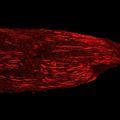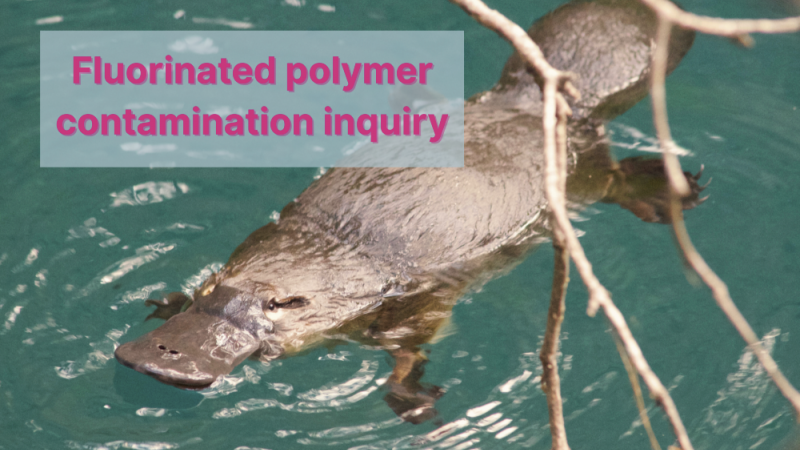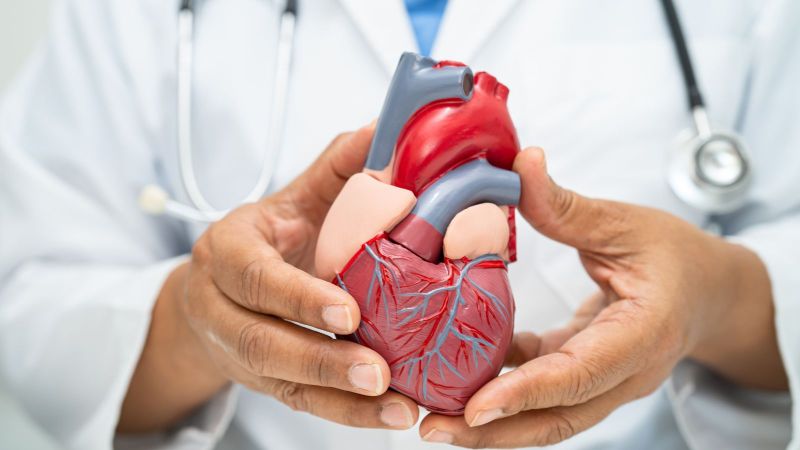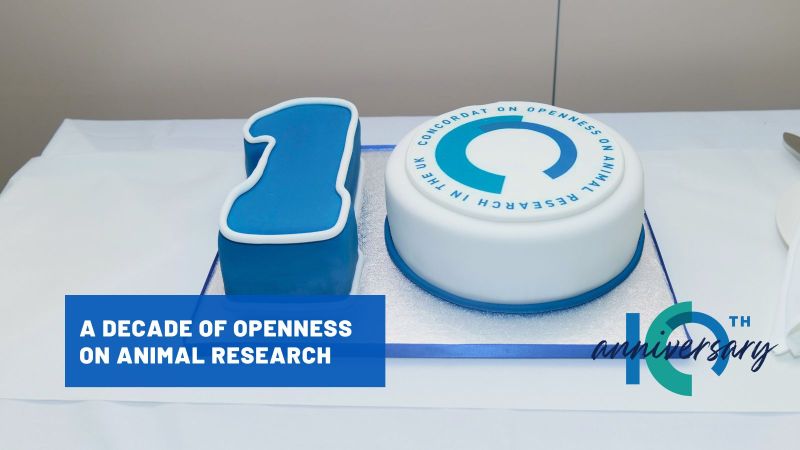Text to go here...
 New treatments for chronic wounds could be developed following the discovery of stem cells that repair damaged skin tissue. Researchers identified stem cells in bone marrow that have the ability to turn into regenerative skin cells.
New treatments for chronic wounds could be developed following the discovery of stem cells that repair damaged skin tissue. Researchers identified stem cells in bone marrow that have the ability to turn into regenerative skin cells.
Researchers transplanted fluorescent protein-bone marrow cells into mice, so they could track them as they moved around the body.
Mice were then wounded and some were given skin grafts. In mice without skin grafts, very few stem cells travelled to the wound to repair it. Those given grafts had many stem cells moving to the wound site, healing the area quicker.
Mice with skin grafts also produced high levels of a protein called HMGB1. HMGB1 was found to be released by damaged skin cells, mobilising bone marrow stem cells into action and directing them to the wound site. This suggests that skin grafts don't simply cover wounds, but actively kick start the body into repairing the wound. It is thought the oxygen depleted environment caused by a skin graft could lead to the release of the HMGB1 protein.
By understanding this mechanism of skin repair, scientists hope to find new treatments for chronic wounds, such as leg ulcers, pressure sores and burns as well as genetic skin diseases. Chronic wounds in UK patients cause pain and may require hospitilisation. Their treatment costs the NHS more than a billion pounds every year.
Researchers are now working towards medicines based on the HMGB1 protein to aid tissue repair. It is hoped to test treatments in animal models next year.
Read more about mice and stem cell research here.
Last edited: 11 January 2022 13:04




